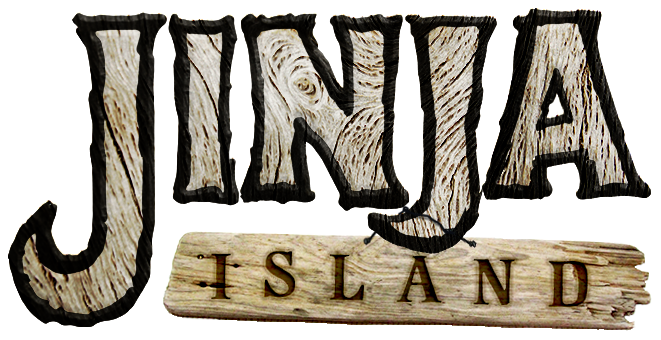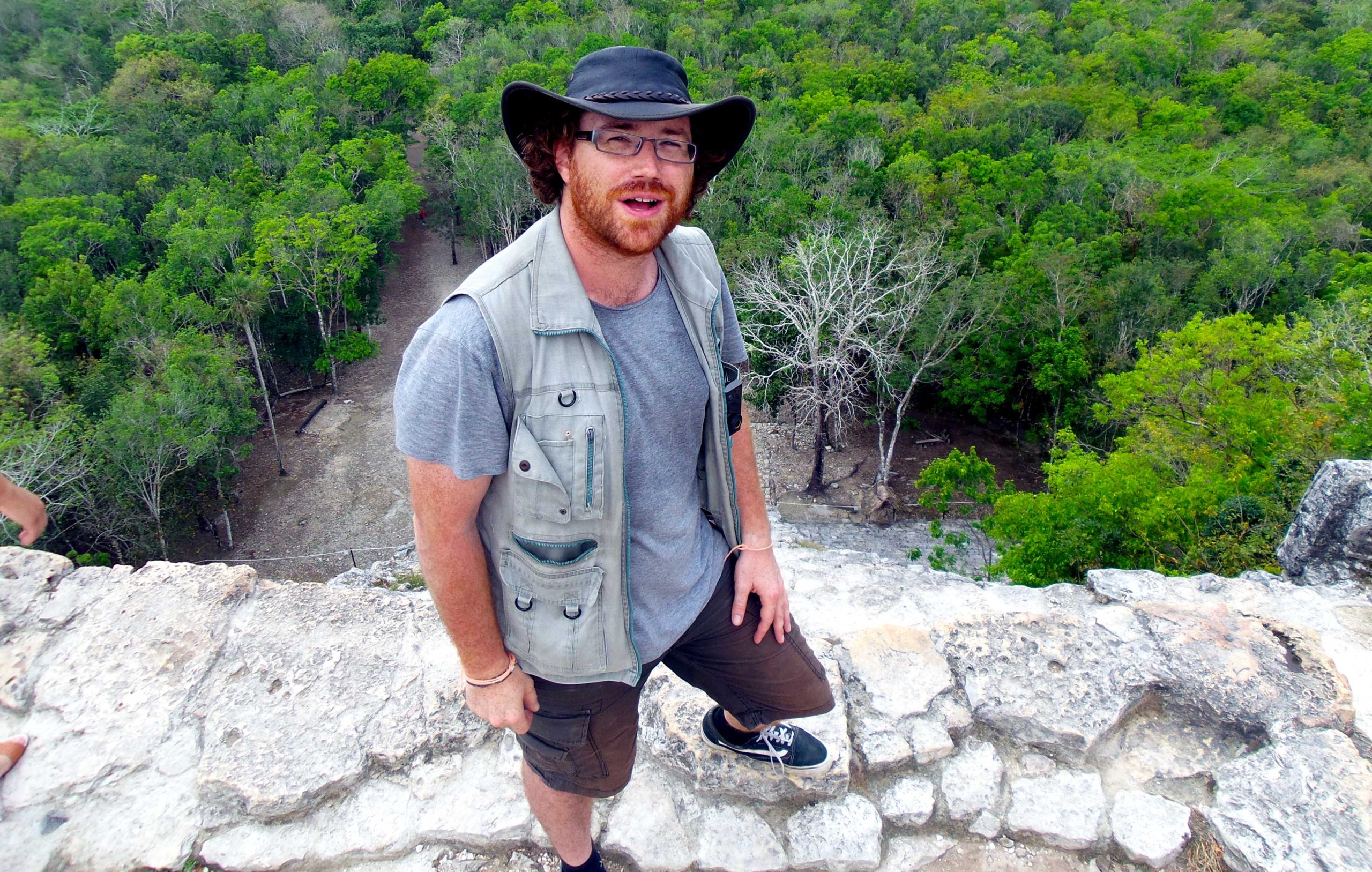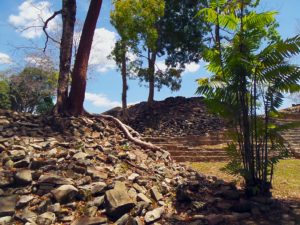Wednesday 16th April 2014

The next day, bright and early, we walked to the Mayan ruins of Cobá.
Mayan Site #4: Cobá







Well I hope you enjoyed your Wikipedia-curated tour of Coba. Is this really lazy of me? Probably. At least the pics are mine!

We left the the sprawling ruins of Coba in the afternoon and took the bus a couple of hours westward to a little place called Piste, next door to the world famous site of Chichén Itzá.
I decided that before going to Chichén Itzá, I wanted some Chicken Pizza. OBVS. However, Piste was a bit of an un-caballo town so we ended up going to the pub instead.
At the bar we got chatting with a local Mayan guy. Upon discovering we were British, he wanted to know if we knew Karl Pilkington.
“Not personally, but I love his travel show,” I said.
“Did you see the Idiot Abroad where he came to Mexico?” he asked.
“Yeah.”
“I showed him around my village. I’m Luis.”
What a small, wonderful world eh?












